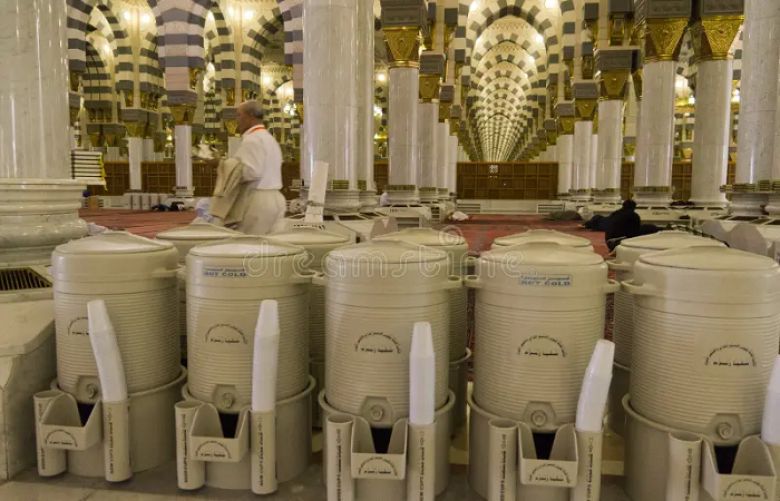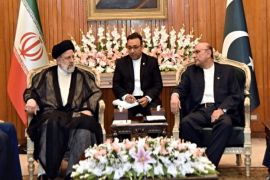For a long time, Saudi Arabia has persevered and offered Holy Water Zamzam to many pilgrims which is regarded as their enduring legacy.
Saudi Arabia’s late King Abdulaziz bin Abdul Rahman Al-Saud inaugurated the conservation of water in 1926 by commissioning the construction of a Sabeel or public drinking fountain.
The next year, a second fountain was built on the king’s orders, managing the repair and protection of the Zamzam well.
Saudi monarchs have ensured measures to preserve the Zamzam water source.
A pump for extracting water and distributing it to various buildings was created by the king. After the construction of the first Sabeel, the Zamzam well was placed beneath it, alleviating overcrowding near the sabeel.
King Faisal bin Abdulaziz was committed to this action as he instructed the construction of a second basement for the well in 1973 to facilitated pilgrims.
During his tenure, the Second Expansion Project for the Grand Mosque was made which included a drinking and drainage water system, attributing two large pumps for the holy water, fountains and pump.
During King Abdullah bin Abdulaziz’s rule, a state-of-the-art purification station and bottling and transportation facility with a proper system was introduced. This project was called the King Abdullah bin Abdulaziz Zamzam Water Project which ensured the standard and access to the holy water.
He launched two more projects ensuring automated cleaning and redesigning Zamzam water containers.
The legacy of preservation of the holy water was continued by King Salman bin Abdulaziz Al Saud in 2017 as he approved rehabilitating wells through disinfection, removing debris, and environmental guard with five special service passages.
At the t the Grand Mosque and the Prophet’s Mosque, the holy water is made available to pilgrims.
The two pumps extract water at a rate of 360 cubic meters per hour, delivering it to the King Abdullah bin Abdulaziz Zamzam Water Project for reserving, cleaning, and conveying to needed locations.
There is a four-kilometre network of stainless steel pipes, air chambers, and cleaning room and control systems, transporting the Zamzam water.
The holy water Zamzam is significant for Muslims and is a symbol of purity and blessings.







